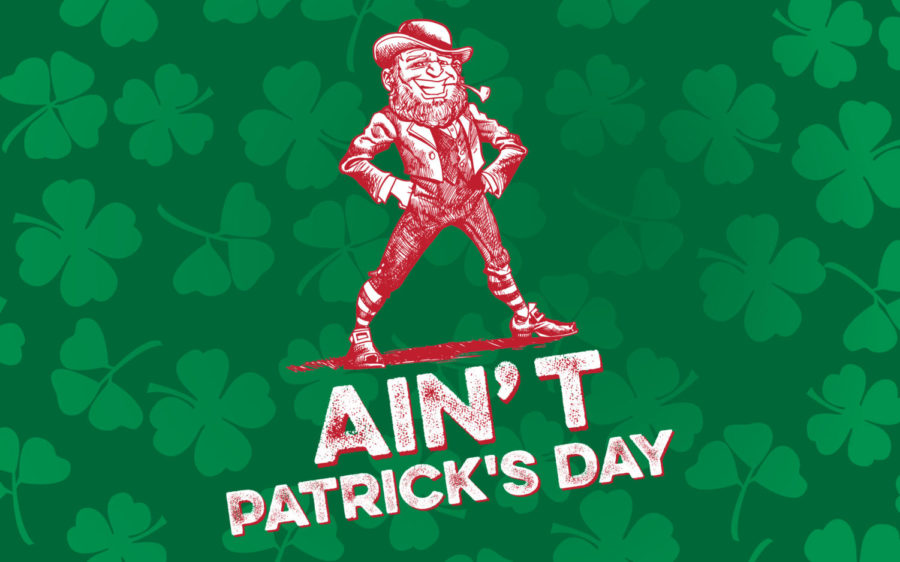The Legend of Ain’t Patrick
February 26, 2020
Sponsored
Early in the 5th century A.D., the Irish people waited in great anticipation for the arrival of Bishop (later to be called, Saint) Patrick. Days before Patrick’s legendary expulsion of snakes from Ireland, another man was mistaken for the Irish hero. This is his story.
In one of the most snake-infested villages in all of Ireland, the villagers had organized a constant look-out for St. Patrick. Men, women and children took turns keeping watch from the top of a tall tower at the edge of the village. Days passed, and not a single traveler emerged from the distant woods, through which the sole path to this village twisted.
The lack of traffic was not surprising as the terrible snake infestation had forced people to seek safety behind closed doors, across the land. So, when one young lass saw a man wearing a tall hat (as Bishops wore in those days), she had no doubt that this was Patrick.
“‘Tis Patrick!” she exclaimed.
In fact, the traveler was a drunken grifter from the other side of the island, named Rory. The hat he wore was not a hat at all. Rather, it was a broken bee-hive that a nearby farmer had smashed on Rory’s head when he was found sleeping among the farmer’s goat herd, days earlier. Rory had been too intoxicated and dimwitted to even realize the hive was still on his head. And, it was that same mental state that found Rory stumbling about the countryside, carelessly, while his fellow countrymen took shelter from the deadly reptile infestation which plagued them.
Blinded by their excitement (and the lack of windows in their 5th century mud huts), the villagers did not detect the girl’s obvious misidentification. Instead, they cheered wildly as Rory stumbled down the dirt path that ran through the center of the village, directing the drunken derelict to the giant nest of venomous vipers that lay just beyond the garden at the far end of the village.
After some time, the cheering was replaced by a low murmur, as the villagers began to wonder why Patrick had not returned with news of his triumph.
Cautiously, the villagers emerged from their homes and traveled in a large group to the dreadful nest to see what had become of their hero.
They soon came upon Rory who lay face down and motionless, completely covered in snakes.
Thinking that their beloved Bishop had fallen victim to the reptiles, the villagers began striking the snakes with their staffs in an effort to rid the Bishop’s corpse of further damage. When the snakes had retreated, the village nurse rolled the body over and let out an excited cry.
“It ain’t Patrick!” she screamed.
Overjoyed, the villagers celebrated the good news that it was just a drunken fool and not their revered hero who had been fatally attacked that day.
Ten days later, St. Patrick arrived to carry out the snake extermination as expected.
That day, thereafter known as “Ain’t Patrick’s Day” has been faithfully celebrated, year after year, on March 7, ten days before the recognized celebration of St. Patrick’s day.
At one point, early in the sixth century, Rory’s grandchildren petitioned local leaders to officially rename ‘Ain’t Patrick’s Day” as “Rory Day”. The petitioners were promptly stoned to death.
The End









